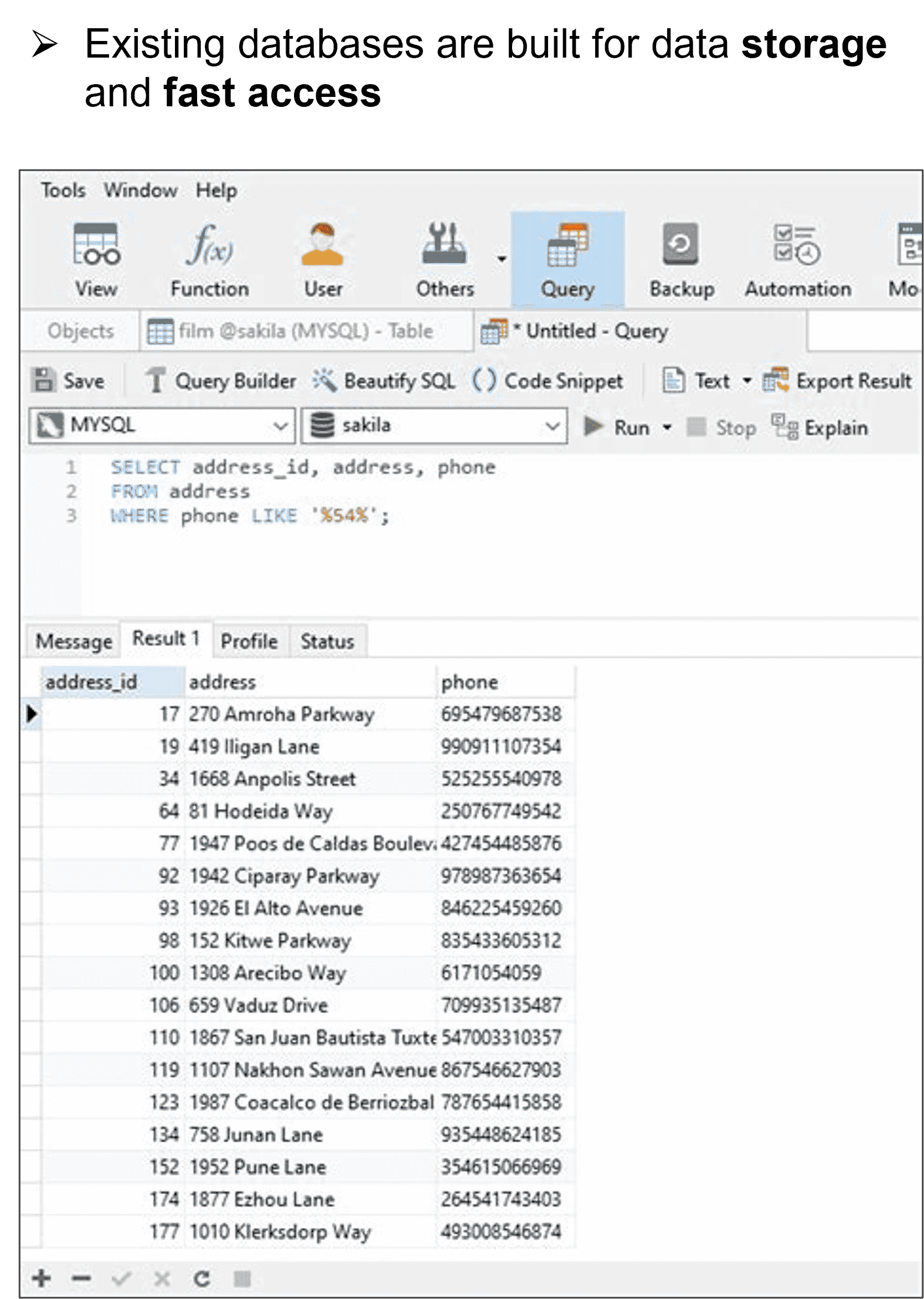How Do The Traditional Databases Work?
- Traditional databases store data in one central location, typically managed by a server or a group of servers. They use a structured language called SQL to organize, retrieve, and update the data. Because all of the data is kept in one central place, if the server has any issues or fails, it can disrupt access to the data and create potential risks.
Traditional Databases Challenges




Single Point of Failure - Centralized servers can be a single point of
failure if it is compromised or if there are any downtime occurs.
Scalability Issues - Traditional databases can struggle with scaling
horizontally as the volume of data and transactions grows.
Data Integrity Risks - Data can be altered or deleted without proper
tracking, leading to potential data integrity issues.
Limited Transparency - Changes to data might not be easily visible or
auditable, reducing transparency.
What is Blockchain?
- Blockchain is a digital ledger that records transactions across many computers in a way that the entries cannot be changed. It works like a chain of blocks, where each block contains a list of transactions and is linked to the previous one, ensuring security and transparency.
Why Blockchain?
- Blockchain enables data interoperability by allowing different systems to share data seamlessly. It maintains security with cryptographic protection and ensures privacy by restricting access to authorized parties.
Blockchain Benefits

Interoperable - Facilitates secure integration and sharing of data across
different systems and platforms, ensuring smooth interoperability and enhancing
collaborative efforts.
Encrypted - Implements strong cryptographic techniques to safeguard data,
ensuring that it remains confidential and protected against unauthorized access or breaches.
Anonymous - Removes personal identifiers from data to uphold privacy
standards and comply with regulations like PDPA, ensuring that individuals cannot be traced
through their data.
Transparent - Allows for the data to be made accessible for verification
and auditing purposes, which promotes transparency and builds trust in the data's accuracy
and authenticity.
Decentralized - Distributes multiple copies of data across various nodes in
the network, enhancing its resilience and reducing the risk of data loss or single points of
failure.
Distributed - Stores data in multiple locations, improving accessibility
and reliability while ensuring that the system remains robust and responsive.
Immutable - Ensures that once data is recorded, it cannot be altered or
tampered with, providing a permanent and reliable record that maintains its integrity over
time.
Provenance - Tracks and records the origin and history of data, offering a
clear "DNA" trail that confirms its authenticity and helps in tracing its lineage and usage.



